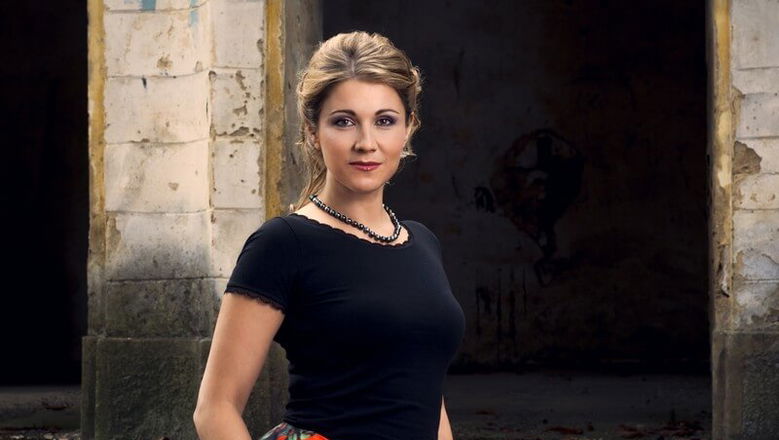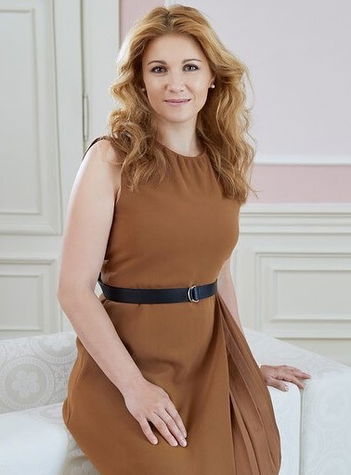Programme
Gabriel Fauré
Rêve d’amour, Op. 5, No. 2
Les berceaux, Op. 23, No. 1
Après un rêve, Op. 7, No. 1
Chanson d’amour, Op. 27, No. 1
Johannes Brahms
Liebestreu, Op. 3, No. 1
Am Sonntag Morgen, Op. 48, No. 1
An ein Veilchen, Op. 49, No. 2
Feldeinsamkeit, Op. 86, No. 2
Intermezzo in E flat minor, Op. 118, No. 6
Franz Schubert
Nacht und Träume, Op. 43, No. 2
Gretchen am Spinnrade, Op. 2
Rastlose Liebe, Op. 5, No. 1
— Intermission —
Klement Slavický
Ej, srdénko moje, song cycle
Antonín Dvořák
Furiant in F major, Op. 42, No. 2
Gypsy Melodies, Op. 55



